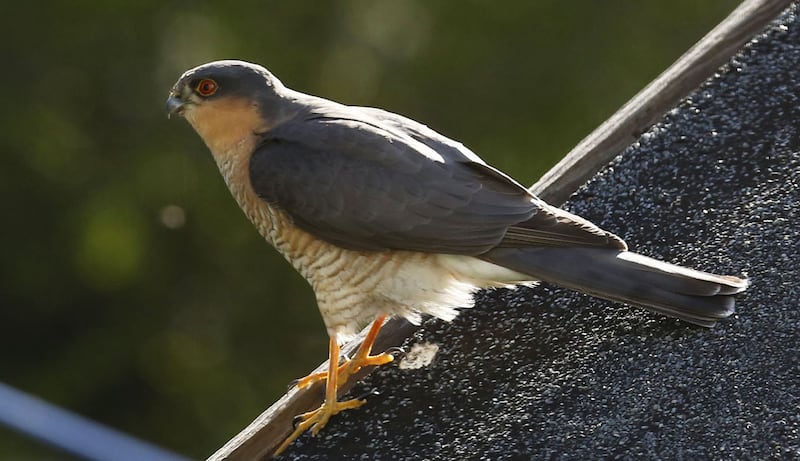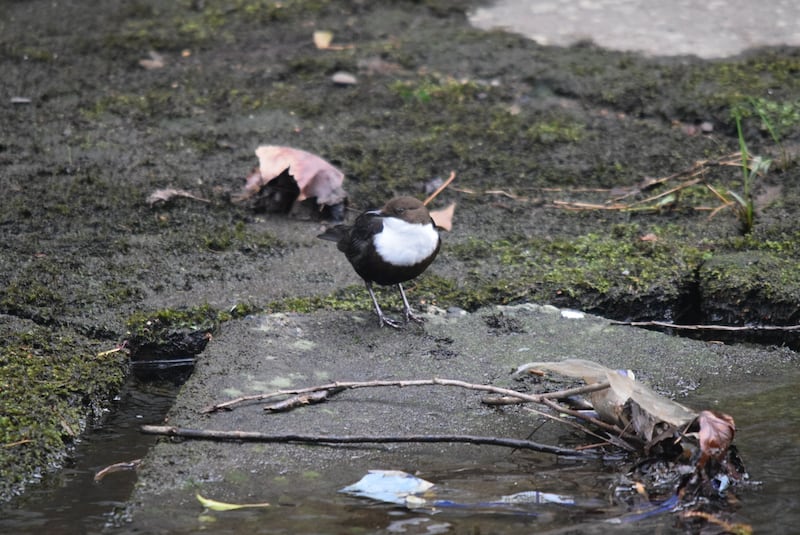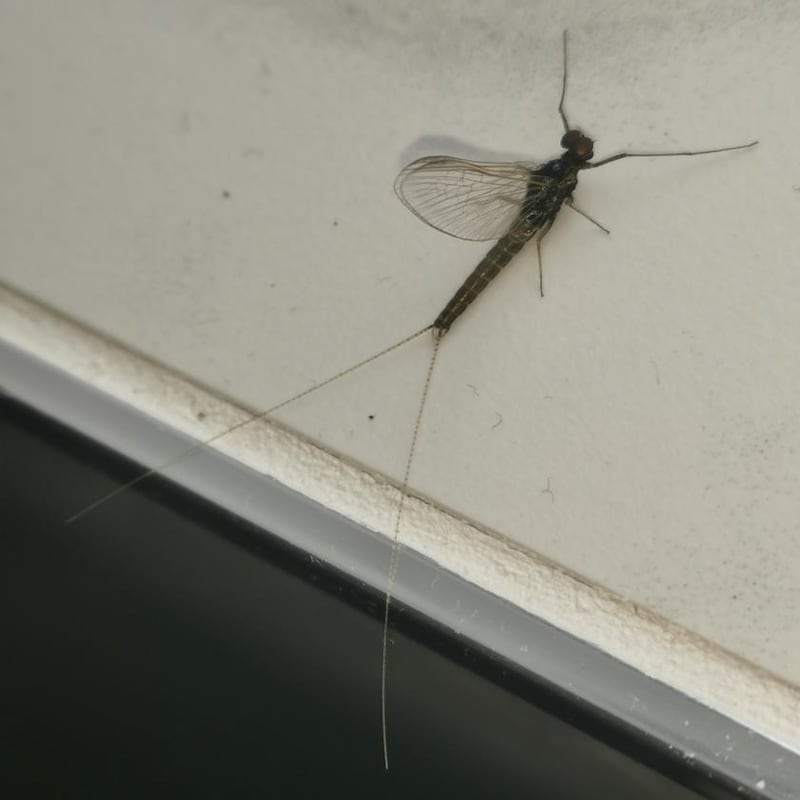I didn't recognise this bird, which is visiting our animal-friendly garden frequently in the past weeks. I am keeping a bird-watching diary. Max Roveri, Dublin
This bird is a leucistic dunnock, lacking the normal pigmentation on much of the front half of its body. Dunnocks do not form pairs like many garden birds do at this time of year, but breed in groups with two males and a female being the most common set-up. It will be interesting to see how this one fares. Be sure and submit your data, up to the end of February at least, to Birdwatch Ireland’s Garden Bird Survey online.

I'm attaching a photo of what I think is a sparrowhawk on the shed in my garden in Mullingar. Gary Hill
It is indeed a very fine picture of a male sparrowhawk. Confusion arises when IDing sparrowhawks because the male and female look quite different. As shown here, the male has barred white and orange underparts and a blue-grey back. The female is larger with no orange, just barred brown and white below and dark grey-brown above. (See Eye on Nature from November 20th, 2021.)

I have this dipper on my local river. It seems to be the same one for the past few years now. What is the lifespan for Irish dippers? Edward Barr
Dippers live three years on average, although the oldest one recorded by leg-ring data was eight years and nine months. What can stay the same for more than 100 years is the nest site on a river, which is used by successive generations of birds. Each new pair builds a fresh nest there every year and breeds twice annually if the habitat provides lots of insect food.

I found this insect in my bathroom and probably would have ignored it except for its V-shaped tail. Mark McDonnell
Our friend the dipper would not have ignored it – it is an adult mayfly, the wingless nymphs of which live under stones in clear-flowing water and form a large part of a dipper’s diet. Mayflies all have two tails.
Have you a nature query, observation or photo you would like to share with The Irish Times? Submit it, with location of the image, via our website irishtimes.com/eyeonnature










